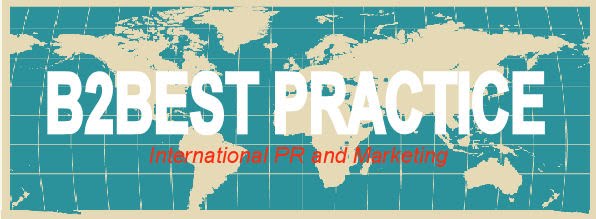
I’m into Spotify in a big way just at the moment. I’ve been using it for about a month and it intrigues and appals me in equal measure. I’m intrigued by the amount of content it gives me and appalled that I can’t listen to a song right to the end before searching for another. But I just wish I could find a reason to give them some money.
You see, since I started using it I have barely touched any of the 400 or so albums that we have in various formats: CD, LP, Minidisc, cassettes not to mention the MP3 files that lie forgotten on laptop hard drives and even a few 45s. Clearly I don’t need Spotify but it gives me something more than vast choice. It’s more convenient than hunting out the song you want, especially if you have a big collection. That said, I don’t think I’m prepared to pay for it. Maybe if it goes subscription only, I might change my mind. But at the moment I’m not bothered by the ads that come on every ten minutes or so.
No, actually I am bothered by the ads, but not in the way you might think. Instead I find myself wondering why there aren’t more of them and why they aren’t better tailored . I’ve been existing on a Spotify diet of Vaughan Williams (good for background), eighties hits (for my girlfriend) and Radiohead rarities (for me) but I still only get ads for Jay-Z and Amy Macdonald. Is that targeting ... and who is Amy Macdonald anyway?
They also run a little B2B spot that boasts how all ads are targeted on the basis of each listener’s taste. And a couple of weeks back there was an announcement that Spotify had overtaken itunes as the biggest source of income in its native Sweden - based on streamed services alone, not downloads. It’s just that nobody’s making any money out of me or any of my friends just at the moment. I suppose I should just shut up and enjoy the music.
Listen to Cape Cod Soundscapes Vol. 1. Ocean at Chatham’s Lighthouse Beach
 I spotted a poster in the window of a high street bank today which read “30% more time for our business customers.” Am I alone in thinking this a bit of a weak message? If you have more time for your customers, surely there are better ways of expressing it. Hell, 30% isn’t even half as much time again … it’s not even a third extra!
I spotted a poster in the window of a high street bank today which read “30% more time for our business customers.” Am I alone in thinking this a bit of a weak message? If you have more time for your customers, surely there are better ways of expressing it. Hell, 30% isn’t even half as much time again … it’s not even a third extra!



















